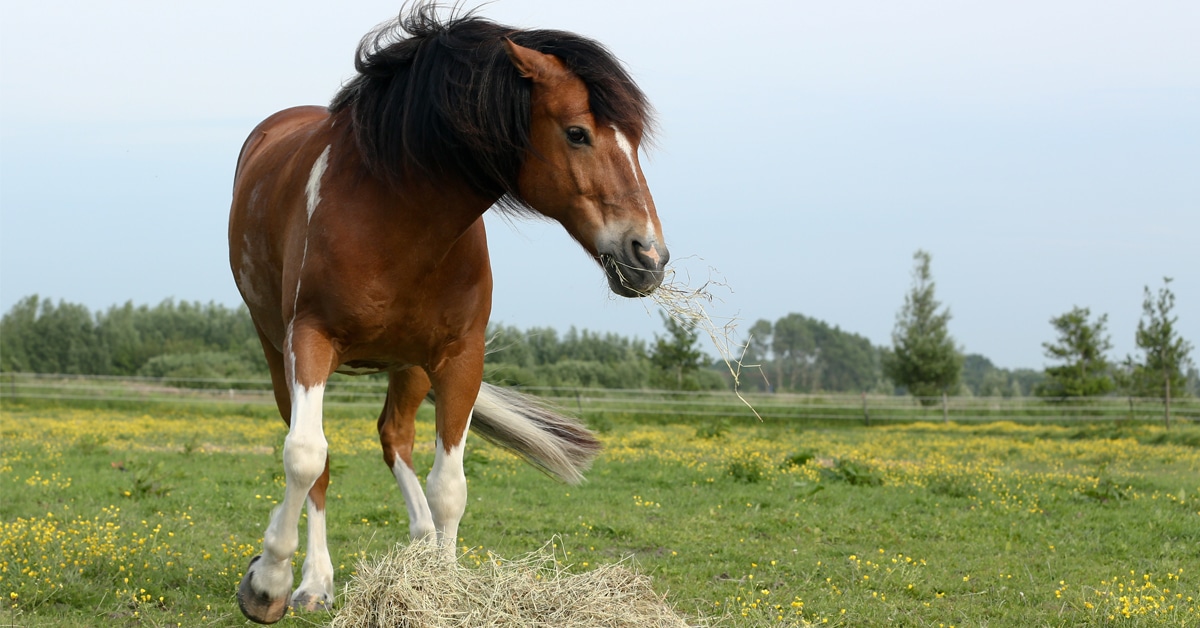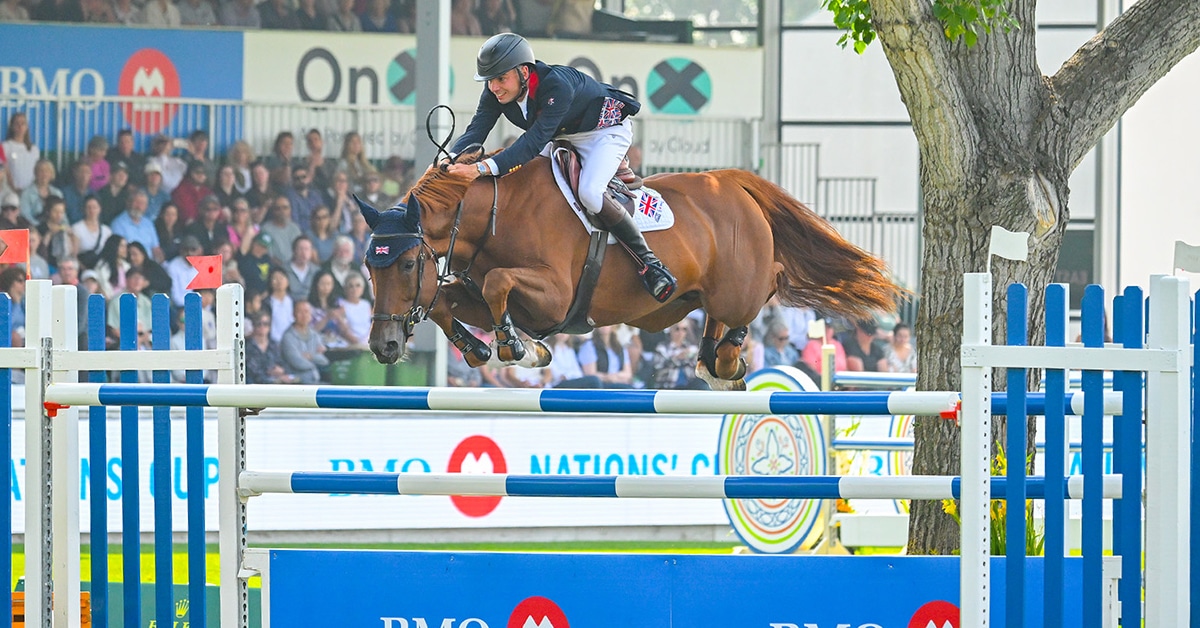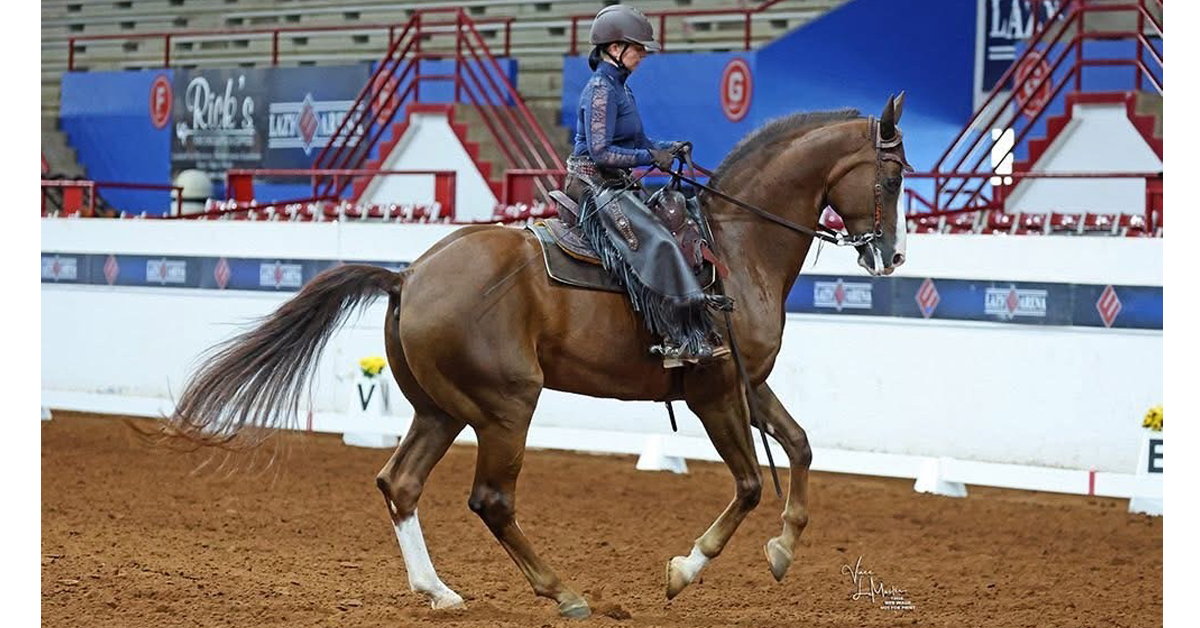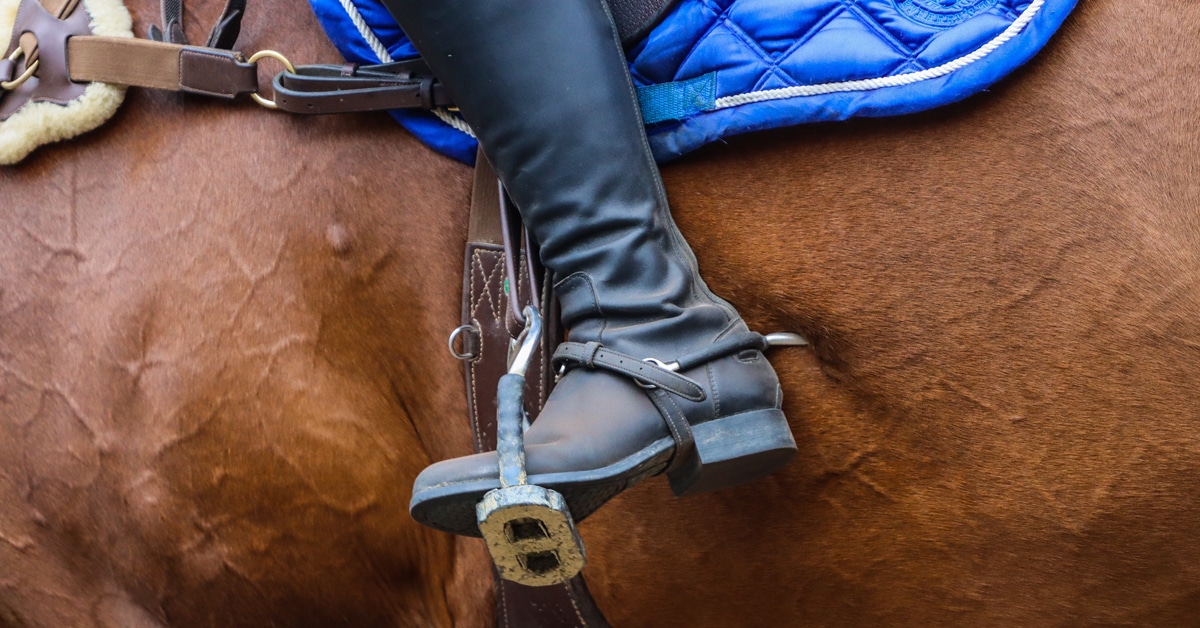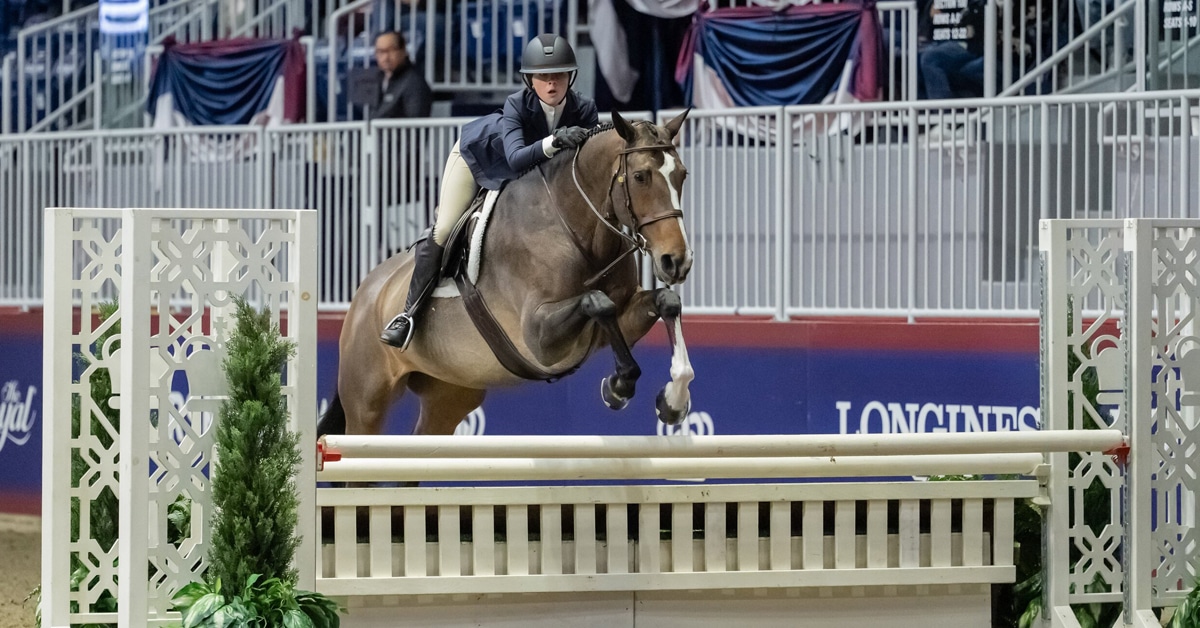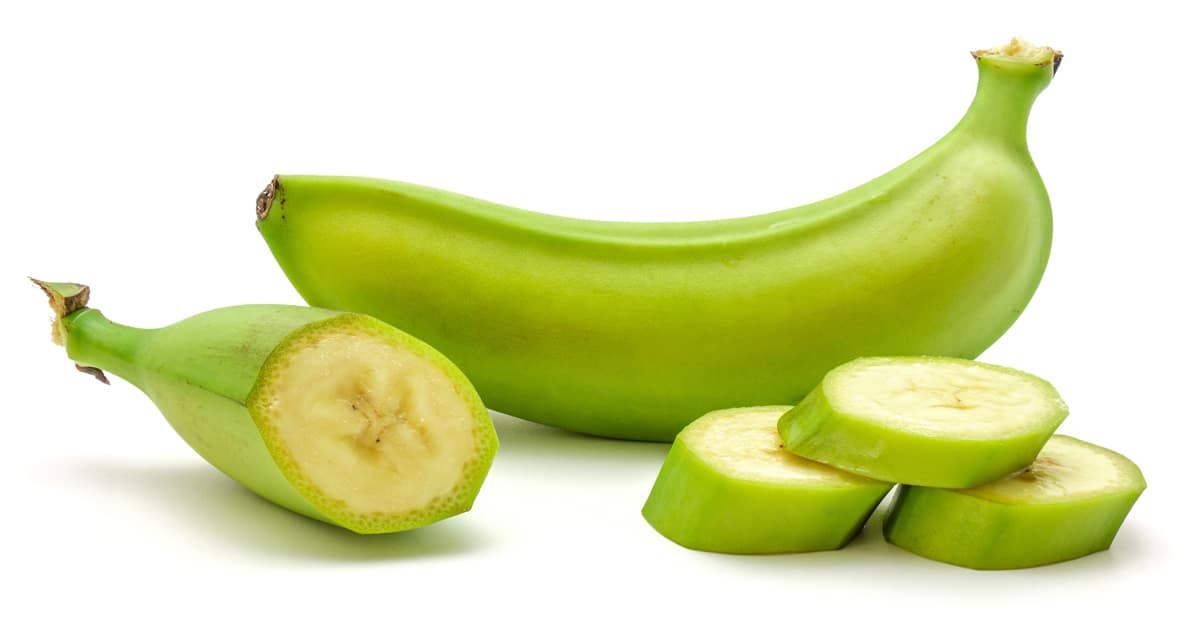The Science of Shedding
To better understand how to help your horse shed, it’s useful to know the science behind shedding. The first and most important factor that determines equine coat length is photoperiod, or the length of sunlight hours during each day. According to a 2020 equine shedding study from the School of Agriculture and Food Science, University College of Dublin, Ireland, after entering the retina, “seasonally changing environmental light information (24-hour light/dark cycles) is transmitted via the retino-hypothalamic tract to the bilaterally paired suprachiasmatic nucleus (SCN) in the hypothalamus.”
In turn, “the SCN, also referred to as the ‘master clock’ or ‘pacemaker’ of the body, encodes these ‘time-of-day’ signals and disseminates them throughout the organism… At the pineal gland, the SCN signal affects melatonin secretion such that daylength duration is inversely proportional to duration of melatonin production, highlighting its central role in regulating mammalian physiological responses to photoperiod.” Less melatonin means less hair growth, so melatonin production falls off in the spring when the days are longer.
There is some early-stages scientific evidence supporting the inducement of shedding by exposing horses to short-wavelength blue light in the spring and fall. However, leaving the lights on in your horse’s stall likely will not be enough; special blue-light masks are required for full effectiveness. The study also found that the masks were much more effective for preventing hair growth in the fall than they were for stopping hair growth in the spring.
The second vital factor for seasonal shedding is temperature. “Secondary to photoperiod, temperature is also considered an important cue for initiation of physiological changes in many seasonal animals. Photoperiod and temperature are thought to interact in driving in driving seasonal adaptations in timing of first ovulation and hair coat in horses.”
Check Your Horse’s Health
Shedding can be a very good indication of your horse’s overall health, and ensuring your horse is in good health is the number one way to help him or her shed. Although all horses are different, typically horses should shed regularly and evenly, without loosing large clumps at once, or shedding right down to the skin, creating bald patches. Older horses and certain breeds like draft horses may shed more slowly.

The simplest tools are the most useful. (Charlie Fiset photo)
If you notice your horse is a slow shedder, has long hair instead of thicker hair, or is shedding in an irregular manner, it’s a good idea to mention this to your vet. Hair length and growth can be an indication of other metabolic changes like Pituitary pars intermedia dysfunction (PPID).
According to Equine Guelph, “Changes in hair coat and changes in body conformation are well known signs of PPID… It is important to dispel the myth that PPID is a hairy horse disease for older horses. Although PPID is a very common disease more often seen in horses 15 years of age and older…it can occur in horses as young as 10. Signs are often overlooked and dismissed as part of the aging process, but an early diagnosis is very important and can lead to a very good prognosis. Certain studies have reported signs of improvement within three months of treatment in horses with PPID.”
Many owners with a horse suffering from PPID prefer to clip in the spring to provide extra help for a horse who can’t shed out.
Horses suffering from deficient nutrition may also have more difficulty shedding. This can be the result of illness, a nutrient-deficient diet, or parasite overload. Discuss an effective deworming strategy with your vet, possibly including getting a seasonal fecal egg count done, to help with the regularity of shedding.
If your horse is in perfect health but still shedding out slowly, environmental factors may be to blame, like a dark, clammy barn or extended periods of turn-in. Sometimes exercise can help because it increases circulation, opens pores, and stimulates the skin. By the same token, a warm-water bath can also help remove hair.
Follow the Sun
According to the science behind shedding, one of the most effective ways of ensuring your horse sheds regularly and relatively quickly is by establishing a spring turnout schedule that roughly follows the sunlight hours. This method has the added advantage of allowing nature to decide just how much hair your horse is going to lose every day based on the environment, climate, and the horse’s particular bodily needs. It’s a no-rush, seasonal approach to grooming care.
Use the Right Tools
The simplest tools are often the most effective. Currying is an excellent way to help your horse shed, but sometimes, if you have not clipped or blanketed your horse, currying can be a somewhat painful or uncomfortable process. The circular motion is prone to pulling and twisting long hairs still firmly rooted in addition to removing hairs that are ready to fall out. A curry with finer teeth may not get caught in the hair as much as large, rubber or metal teeth. A plastic curry can also stick less and pull the hair more gently.
Shedding blades exist for a reason. Avoid using the shedding blade in sweeping motions across the entire body, as one would use a sweat-scraper. Instead, with a closed loop, start to gently pull the hair downwards in short, light swipes, allowing the teeth of the blade to catch the loosening hairs. Avoid applying so much pressure that the teeth rake against the skin underneath. For best results, move the blade downwards with the fall of the hair, sweeping the hair from side to side horizontally from the root, rather than going against the fall of the hair in a complete backcomb.
The shedding blade can be used gently on some sensitive areas, like the belly and whorl of the hip where the hair grows in a fan-shape. However, avoid using it on the face and legs, where the skin lies against bone.
A grooming block is another option and can be somewhat gentler on the horse’s body. It works in the same manner as a shedding blade, with small, incremental swipes against the hair, but because it has no teeth, it can be gentler on skin and therefore better for sensitive or older horses.
As an added bonus after shedding, help your horse’s growing summer coat shine by rubbing him down with your favourite grooming oil. This will also help remove any extra hairs and dandruff from the coat.
Be Consistent
One big grooming session will likely not be enough to help your horse shed out. Instead, try grooming three to four times per week. Depending on the weather and climate, you could be dealing with heavy shedding for several weeks. After you have completed the process once, be prepared to do it again and again!
Choose the Right Time
Getting rid of the itchy, uncomfortable winter coat should be a relaxing, enjoyable experience. When you choose to groom your horse can make all the difference for the effectiveness of the shedding and the comfort of your horse.
Avoid trying to shed on a cold day in a dark barn. Grooming in a warm, bright environment, like outside on a sunny day, encourages the skin to be supple and loose so the hairs slide out easily.
Grooming after a workout when your horse is not quite sweaty is another great way to ensure your horse is warm enough to shed easily. If your horse is unable to do a workout, putting a cooler on him or her for 30-45 minutes prior to grooming can help open the pores.
Be Ready for the In-Between Days
It’s important to monitor your horse’s thermoregulation during the in-between periods of spring and fall, when temperatures are unpredictable. For example, you can clip certain areas to prevent excess sweat, but this leaves these areas colder than they should be after a work-out.
To keep your horse comfortable, don’t forget to pay attention to his or her changing needs. If you’re able, keep blankets of various thicknesses on hand to accommodate different conditions.
Don’t Forget Your Hair Magnet
Unfortunately, there is no hair magnet! (except perhaps your barn coat). But keeping a cloth bag on hand to collect up all the loose hair is an effective alternative. Not only will you be helping to clean up those unsightly tumbleweeds blowing around the barnyard, but loose hair can be dangerous for horses if accidently consumed.
The Latest
